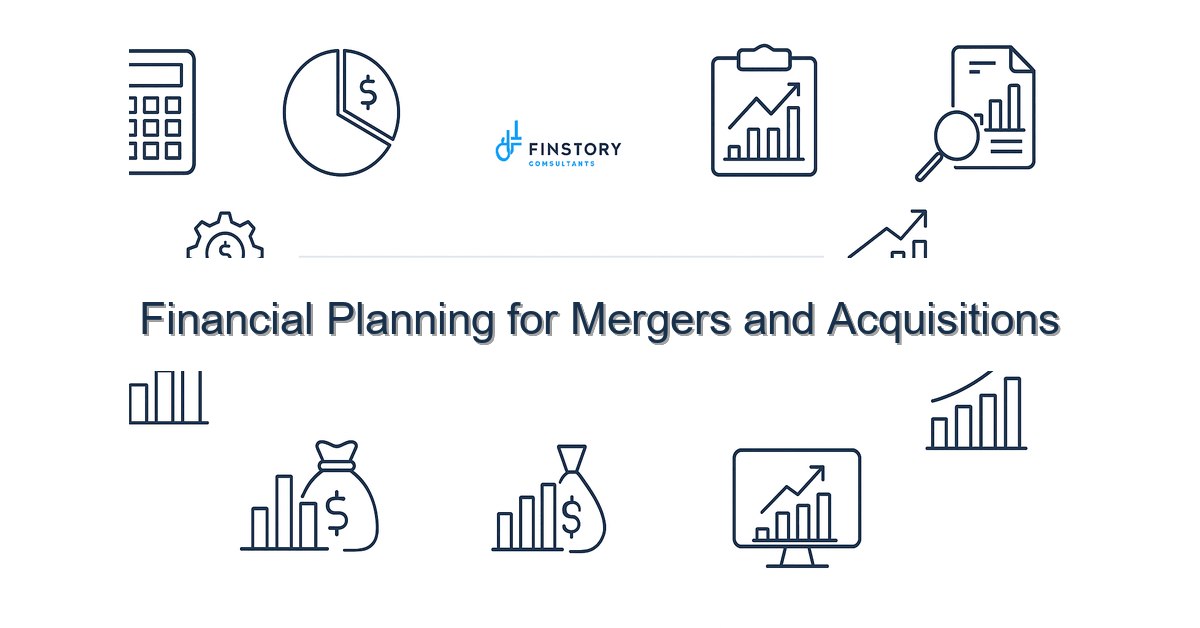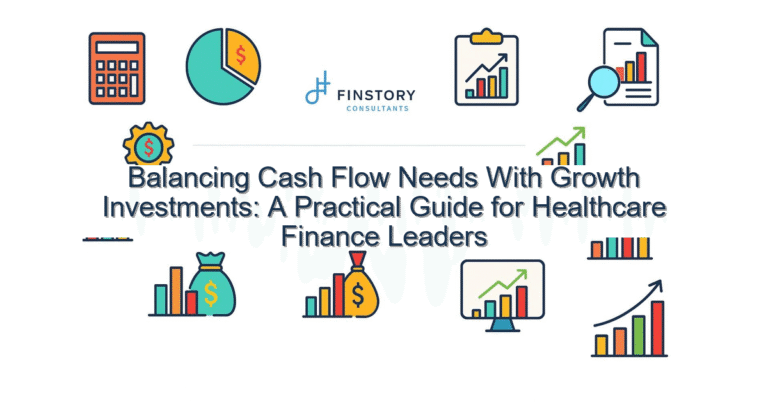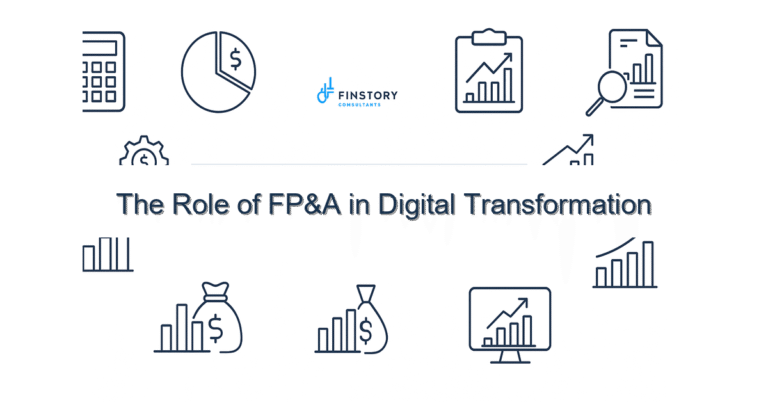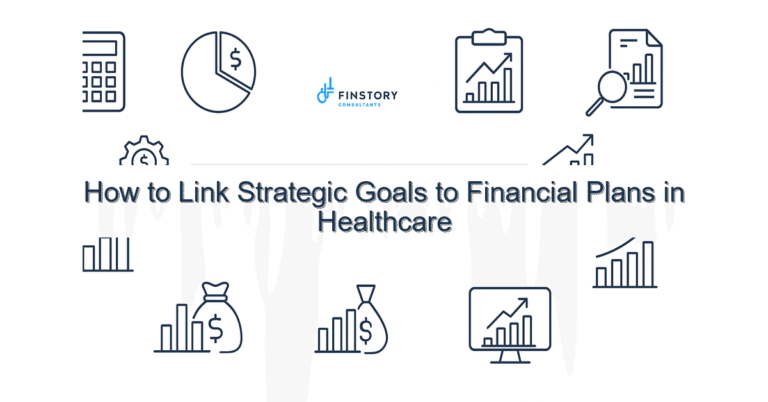Financial Planning for Mergers and Acquisitions
You’re juggling patient care, staffing pressures, and a complex acquisition timeline. You need M&A plans that don’t live in slide decks but actually keep cash flowing and operations steady. We get it—this isn’t theoretical finance, it’s people’s jobs and livelihoods.
Summary: Get a practical financial planning for mergers and acquisitions playbook that ties due diligence to day-one liquidity, aligns operational KPIs with financial targets, and gives leaders a step-by-step path to protect value during integration.
What’s the real problem?
Most healthcare M&A fails not because the clinical or strategic case was weak, but because financial planning didn’t bridge the gap between deal assumptions and operational reality. Finance teams scramble when contracts, payer mixes, or payroll timetables surprise them after close.
- Cash forecasts that diverge from actuals within weeks of close.
- Hidden liabilities (vendor termination fees, capex obligations) that erode deal value.
- Slow or inconsistent leadership reporting—executives can’t see integration performance in real time.
- FP&A tied up in manual reconciliations instead of modeling scenarios.
What leaders get wrong
Leaders mean well, but common missteps turn manageable problems into deal killers.
- Treating financial planning for mergers and acquisitions as a one-off: a due-diligence package that’s never operationalized.
- Assuming accounting aggregation equals economic integration. You can consolidate books but still miss the cash story.
- Underestimating cadence and ownership: nobody is explicitly accountable for the day‑one budget vs. actuals.
- Relying on spreadsheets for complex timeline-driven cash and staffing models—errors and version chaos follow.
A better approach to financial planning for mergers and acquisitions
Think of M&A financial planning as three linked programs: Pre-close validation, Day‑one readiness, and 90‑day integration execution. Each has clear owners and outputs.
Framework (3–5 steps):
- 1) Align assumptions up front: translate strategic KPIs (volumes, payer mix, referral flows) into financial drivers and sensitivity ranges.
- 2) Build a day‑one liquidity plan: 0–90 day cash forecast that includes payroll timing, payor collections, and one‑time dis-synergies.
- 3) Create an integration budget and KPI pack: define which operational metrics (OR utilization, clinic visit throughput) map to financial targets and who reports them.
- 4) Automate and standardize reporting: use a single source for actuals and reconciliations so leaders see a single truth.
- 5) Run rolling 30/60/90 scenarios: update assumptions weekly for the first quarter post-close.
Short story: A regional health system acquired a behavioral health group. During diligence they ran three payer‑mix scenarios. Post‑close the worst-case showed a cash shortfall in week four. Because they had tied scenario triggers to contingency funding, the CFO pre-authorized a $2M bridge facility and avoided urgent staffing cuts. That single planning step preserved continuity of care and protected revenue.
Quick stat: studies show 50–70% of M&A deals fail to meet value targets—most of which comes down to poor post-close execution rather than flawed strategy. Better financial planning narrows that gap.
Quick implementation checklist
- Assign a single M&A finance owner accountable for the 0–90 day cash plan.
- Translate top 5 deal assumptions into financial drivers and test with high/low scenarios.
- Create a day‑one cash workbook that ties to payroll schedule and AR aging by payer.
- Identify and quantify all contract change‑of‑control clauses and termination fees.
- Map 8–12 operational KPIs that will be reported weekly to leadership.
- Automate data pulls from ERP and billing systems into Power BI or your BI tool for one source of truth.
- Define a stop‑loss trigger and contingency funding source before close.
- Run a dry run of closing journal entries and reconciliations one week before the planned close date.
- Schedule 30/60/90 day review meetings with ops, HR, and revenue cycle leaders.
What success looks like
Measure integration success with clear, quantifiable outcomes:
- Cash forecast accuracy: actual vs. forecast within +/- 5% for the first 90 days.
- Financial close cycle time: reduce first-month close to < 10 business days post-close.
- Revenue cycle impact: maintain days sales outstanding (DSO) within 7 days of pre-close baseline.
- Operational KPI adherence: 80–90% of weekly KPIs reported on time for the first quarter.
- Return on integration spend: integration costs recouped within 12–18 months vs. baseline plan.
Risks & how to manage them
Top risks you’ll face and practical mitigations.
- Risk: Cash shock from delayed collections. Mitigation: granular AR aging by payer and daily cash forecasts for the first 30 days.
- Risk: Data inconsistency (different GL mappings, missing fields). Mitigation: a short data harmonization sprint and automated reconciliations before close.
- Risk: Loss of key operational staff. Mitigation: retention incentives tied to 90‑day performance and early engagement of HR in planning.
Tools & data
Use tools that reduce manual work and improve visibility.
- Finance automation for close tasks and reconciliations—free FP&A time for scenario modeling.
- Power BI (or similar) for leadership reporting and live dashboards showing cash, DSO, and operational KPIs.
- Integrated data feeds from billing, EHR, and payroll so FP&A doesn’t rebuild the same numbers every week.
- Scenario modeling templates that connect to actuals—avoid static spreadsheets that diverge post-close.
FAQs
Q: How early should finance be involved in the M&A process?
A: From day one. Financial planning for mergers and acquisitions should inform deal assumptions, term sheets, and the integration budget before you sign.
Q: What’s the minimum reporting cadence post-close?
A: Weekly for the first 90 days—cash, AR, payroll, and top operational KPIs. Move to bi-weekly after stabilization.
Q: Do we need advanced tools to start?
A: No. Start with disciplined templates and one reconciled source of actuals. Then automate and scale reporting with Power BI and finance automation tools.
Q: How do we quantify integration ROI?
A: Tie integration investments to measurable targets (cost synergies, volume growth, DSO improvement) and track realized vs. planned monthly.
Next steps
If you’re planning a deal, prioritize financial planning for mergers and acquisitions now—don’t wait until close. Start by locking down your day‑one cash plan and defining who will own weekly KPI reporting.
Contact Finstory for a practical, tailored plan: we’ll map your pre-close assumptions to a day‑one liquidity plan, stand up Power BI leadership reporting, and train your finance and operations teams for a smooth integration. Use our M&A financial planning in healthcare expertise to reduce surprises and protect value.
Work with Finstory. If you want this done right—tailored to your operations—we’ll map the process, stand up the dashboards, and train your team. Let’s talk about your goals.
Related reading: see our posts on financial forecasting for healthcare, explore financial planning services, and learn about our data & analytics offerings.
📞 Ready to take the next step?
Book a 20-min call with our experts and see how we can help your team move faster.
Prefer email or phone? Write to info@finstory.net
or call +91 44-45811170.






